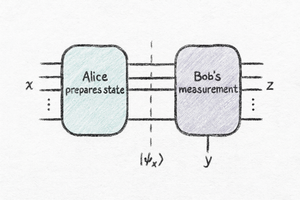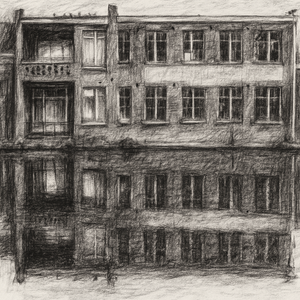Carrying Your Own MIMIR – Knowledge That Meets You Where You Are
At the intersection of myth and modern technology lies MIMIR, a whimsical project I’ve been developing, inspired by the Norse figure renowned for his boundless wisdom. In legend, Odin carried Mímir’s severed head to receive secret counsel; in our age, you can carry your own Mímir in your pocket. This project transforms that ancient myth into a tangible, interactive experience—letting people pick up a vintage rotary phone and “dial” historical minds for a live conversation, blending storytelling, science, and real-time AI.

Imagine picking up an old-style rotary phone at a festival and casually discussing relativity with
Einstein
This playful installation isn’t just about novelty; it embodies a core philosophy central to much of my work: bringing knowledge directly to people, rather than expecting them to seek it out. Whether through my social impact initiatives or science outreach, I’ve consistently aimed to remove barriers to understanding and exploration.
Moving beyond this initial installation, the potential for mixed-media AI to enrich learning experiences is enormous. Imagine students not just conversing with historical figures but also exploring interactive visualizations, audio experiences, and dynamically tailored dialogues. This multidimensional approach can significantly deepen understanding, allowing learners to engage with subjects in ways best suited to their individual learning styles and curiosity.
But how do we encourage free-form exploration without losing narrative coherence? Here, thoughtful AI design plays a critical role. Imagine AI-facilitated prompts subtly guiding learners back to core topics, adaptive questioning techniques to maintain context, or even narrative-driven exploration paths that preserve educational integrity while encouraging curiosity.
Let’s envision this: A student might speak with Galileo about the heliocentric model, while simultaneously interacting with visual simulations illustrating the planetary movements and historical documents depicting societal reactions of the time. Or, imagine a dynamic dialogue with Schrödinger complemented by real-time visualizations of quantum mechanics experiments, creating an immersive learning environment.
Maintaining narrative control while allowing genuine exploration might involve subtle, AI-guided contextual clues or “breadcrumbs” that reinforce essential learning outcomes without constraining personal curiosity. Such a carefully curated experience ensures students remain engaged yet informed, empowered yet guided.
In the end, I’m building MIMIR because it’s a good exhibit. It’s fun, a bit surreal, and gets people thinking. But it also gives me a chance to explore a question that’s been on my mind for a while: how can we let people freely explore AI-generated content, while still holding onto a meaningful narrative thread? This project is a way of trying that out in the real world—not just as a thought experiment, but as something people can pick up, play with, and maybe learn from in the process.
Sources are over on GitHub: https://github.com/kws/MIMIR




